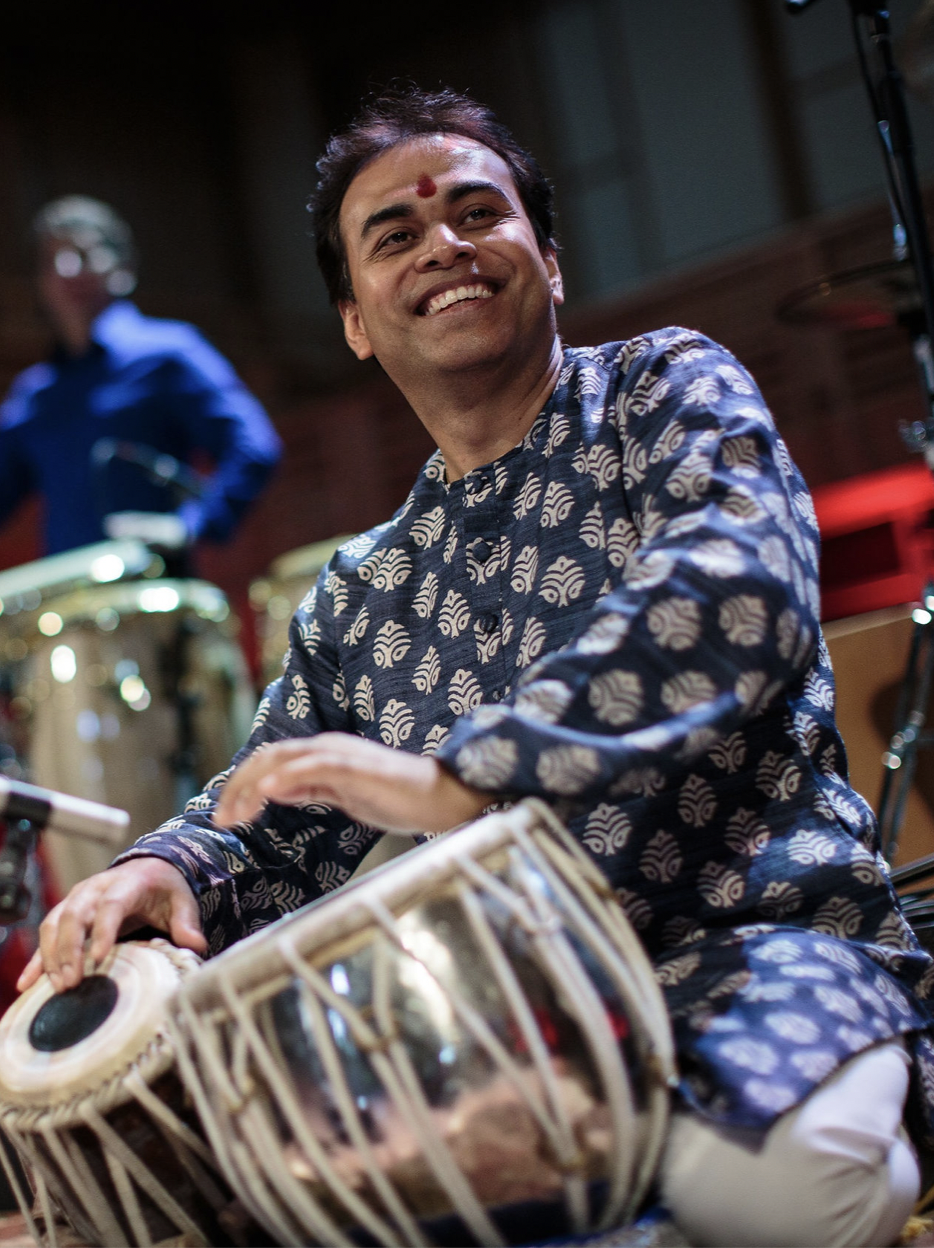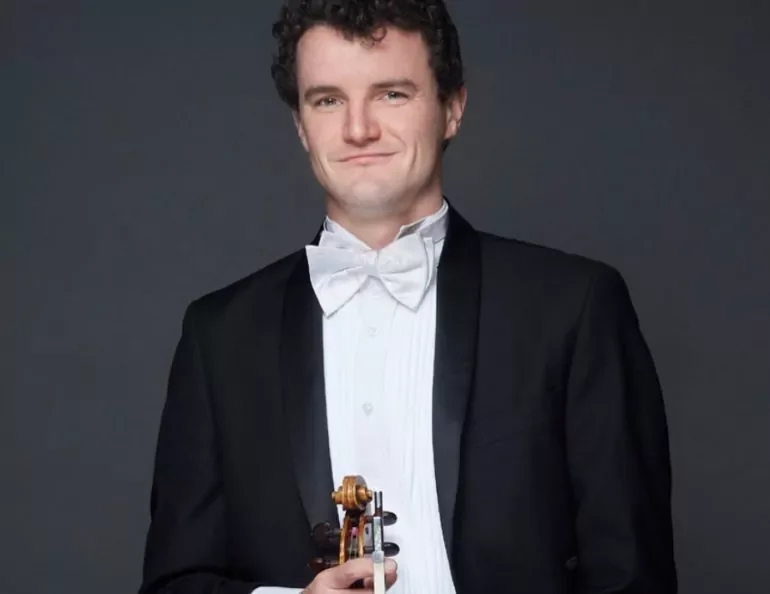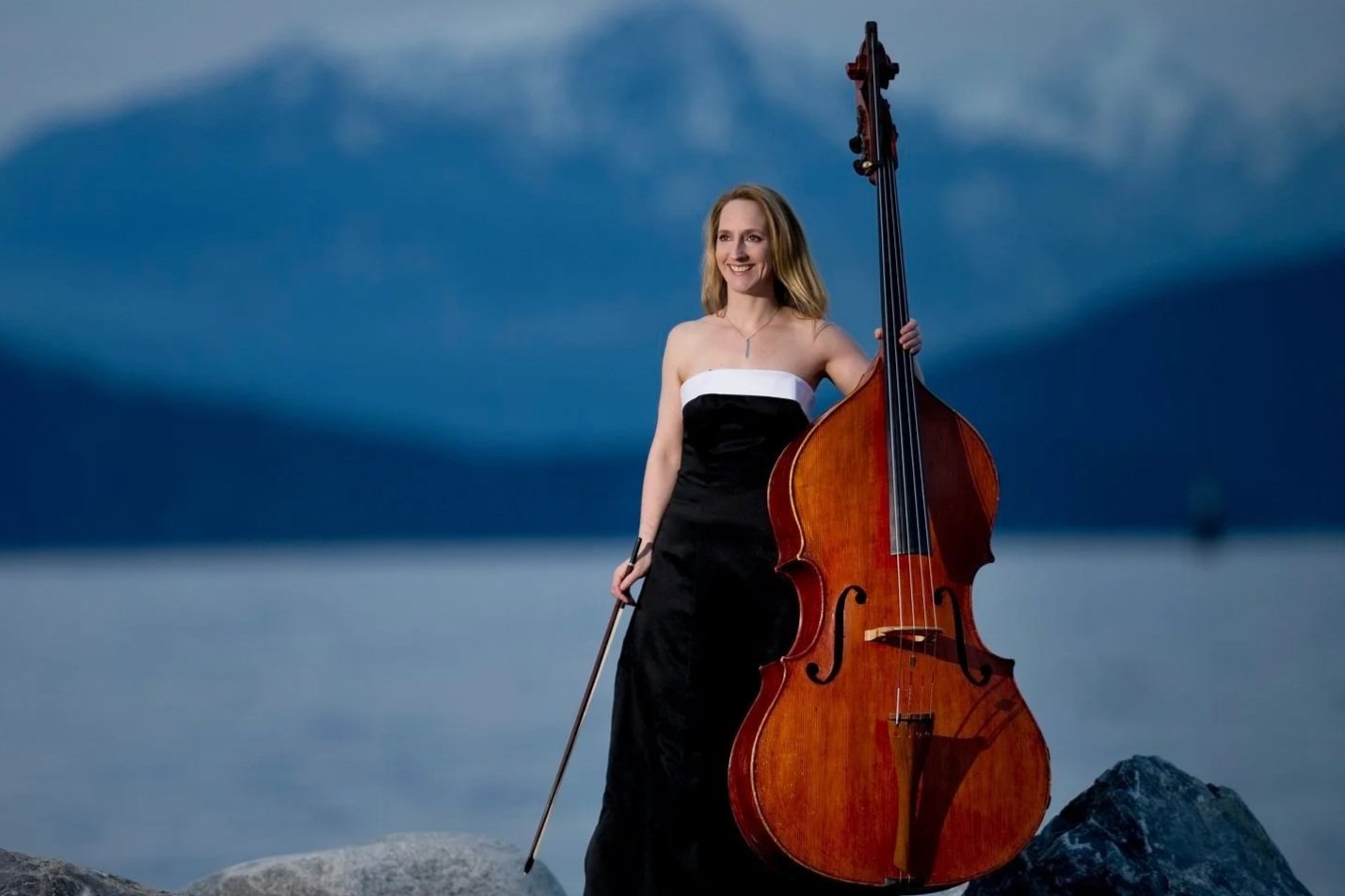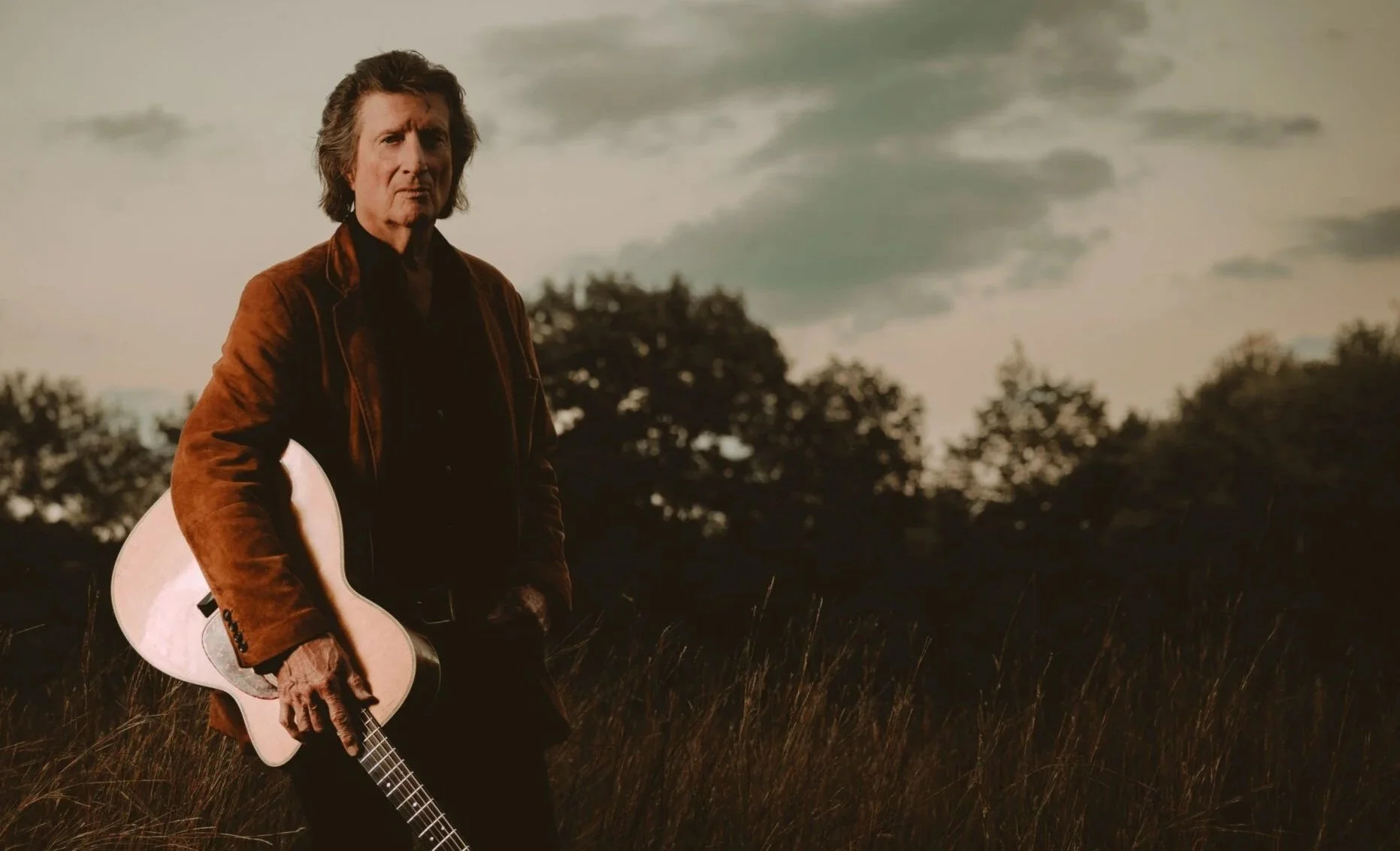Tabla virtuoso Sandeep Das spreads hope with Delhi to Damascus
The artist’s HUM Ensemble traces connections between Hindu and Muslim musical traditions, with Persia as common ground
Sandeep Das.
Chan Centre presents Sandeep Das and the HUM Ensemble’s Delhi to Damascus on February 18 at 8 pm at the Chan Shun Concert Hall
ANYONE LUCKY ENOUGH to have caught one of his many Vancouver appearances is well aware that kamancheh and setar virtuoso Kayhan Kalhor is one of the living treasures of Persian traditional music—and every bit as soulful as he is skilled. Still, North Indian tabla master Sandeep Das had one troubling question upon first encountering the Tehran-born musician.
“We sat down and decided to play something together, and I was like ‘Wow! He’s so famous. He’s so good. Why is he playing as if he’s slightly out of tune?’” Das relates in a telephone call from a Cleveland, Ohio tour stop. “And then I suddenly realized that what is in tune for me could be out of tune for others, and what is out of tune for me is in tune for others. It was so beautiful, having that realization almost 17, 18 years back. And then we bonded.”
In fact, the two bonded well, playing together in the Ghazal Ensemble, and later touring together for years as members of cellist Yo-Yo Ma’s visionary Silk Road Ensemble. Today, Das thinks of Kayhor as his “older brother”, and never misses a chance to reconnect. That initial meeting was also the impetus behind Das’s HUM Ensemble, which brings its Delhi to Damascus project to the Chan Centre this month. HUM takes its name from its primary goal: spreading harmony and universality through music. More specifically, it traces the historical and present-day connections between Hindu and Muslim musical traditions, with Persia as a common ground—sometimes in surprising ways.
“Any music from the Middle East, to my ears, sounds like a distant cousin,” Das explains, “Even my own DNA, when I did a DNA test, my results came as 90 percent Persian. And historically we know that the Persians, who were called Aryans at that time, came and populated northern India. We can call ourselves whatever, but we North Indians all have Persian blood. So there you go!”
Delhi to Damascus plays on Das’s notion that “just by changing a few notes, I can take you on a journey from India to China to whichever country.
“That is the thing that struck me [after playing with Kalhor]: you change a few notes, and suddenly Indian music sounds Chinese, or Chinese music starts sounding Japanese,” he continues. “So why not use the power of music to connect people, to show people that ‘Hey, guys, it’s a shared heritage. Everything is shared; nothing grows in isolation.’ And if we realize that, there is still hope.”
Even in Syria this applies, Das adds, despite a dire situation that has been made significantly worse by a recent earthquake. Granted, he has been able to benefit from Middle Eastern turmoil: joining the Patna-born, Boston-based percussionist in the HUM Ensemble is Syrian oud virtuoso Nazih Borish, who now makes his home in Montreal. Also playing will be sitarist Rajib Karmakar and Kamaljeet Ahluwalia on santoor—an instrument that, in slightly different forms, is common to both Arab and North Indian culture.
There will also be some surprises, including the very non-traditional presence of a female tabla player. “Why is it that anyone from anywhere can pick up the violin and still be considered a great violinist?” Das posits. “But not when it comes to Indian classical instruments. Where is that one non-Indian musician who can keep his or her playing on par with any given Indian musician in India? And also where is that woman musician? Why only males? So I’m having this student coming to join us. Her name is Bailey O’Donnell, and this blonde girl, born in Hawaii and raised in Florida, has a soul inside of her that I’m convinced has played tabla before in a past life.”
Das keeps takes his responsibilities as an educator seriously. In addition to teaching percussion at Harvard and the Juilliard School of Music, he’s paying for the education of several young, visually impaired musicians at home in India, an initiative that grew out of a seemingly casual conversation with Ma during a Silk Road Ensemble residency in Chicago. The two were on their way to a meeting with the mayor, where they planned to discuss bringing the ensemble’s music to underprivileged neighbourhoods, when the cellist asked Das what, other than music, he wanted to do with his life.
“I was walking with him,” Das explains, “and that was the first time it hit me: ‘You know, I have met this great man, and I’m learning so much from him, and yet I come, I tour with him, I attend these workshops where I go in and do whatever I’m told to do, but then I go back home to India and I don’t do anything about it. What am I doing to carry this message forward?’ And this is when I went back to India and started working with visually impaired children.”
The oldest, he adds, has just begin his professional career as a tabla player. “Otherwise he was just going to be sent to a school to learn how to make candles, because that’s what the thought process is: ‘You’re visually impaired, and you’re good for nothing.’”
That commitment to education will carry over into the HUM Ensemble’s Vancouver performance. Following an intermission, Das plans to invite three student percussionists on-stage for a structured jam, after which members of the Somerset String Quartet, UBC’s resident ensemble, will join him to perform rising-star composer and conductor Dinuk Wijeratne’s Karmic Blue—with Wijeratne himself on piano.
“I’m constantly looking for something that’s challenging me, that’s new, and that has an element of risk,” the tabla master says. “So we will cook a meal together—and I have no idea what it’s going to be.”













Beloved Mozart work features fantastical characters and a killer Queen of the Night aria